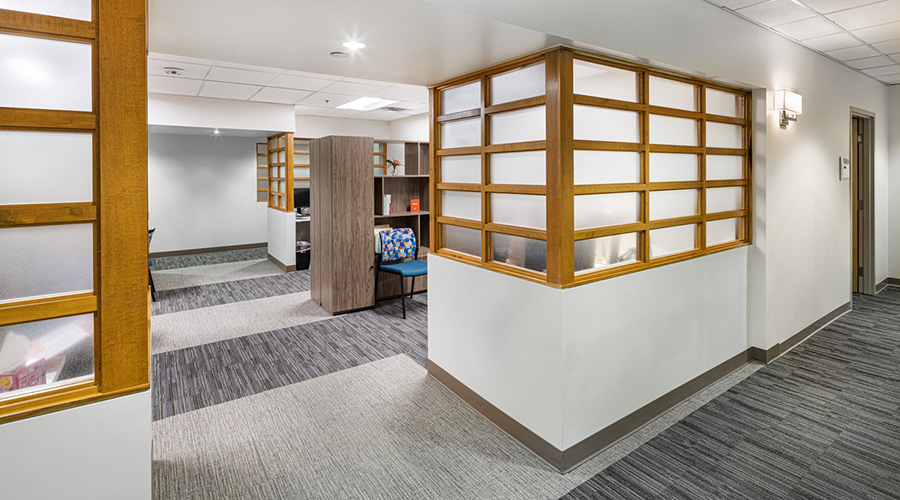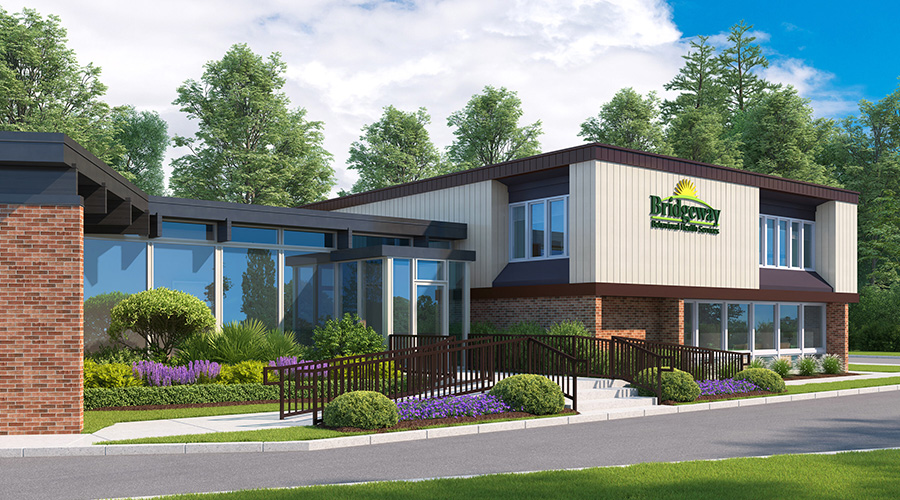The vitality of this process to the healthcare industry as a whole cannot be understated, and it continues to grow with each passing year. In fact, it is anticipated that the RCM market will reach more than $43 billion by 2022, underscoring the increasing importance RCM has for healthcare providers. By offering the process by which healthcare providers receive reimbursement for their services from insurance providers, proper RCM can be the difference between sinking and swimming for healthcare facilities.
In understanding the aspects that go into an effective RCM process, it’s important to note the key factors that successful RCM processes tend to share. These fundamentals all contribute toward creating an RCM process that brings the best results for healthcare facilities while minimizing their pain points and streamlining the experience for patients. Healthcare providers would do well to examine their RCM processes closely and determine whether or not these key elements exist within their systems. If not, they may need to take a stark look at their processes and make significant changes if they are to have any hope of functioning at optimal efficacy.
For example, high accuracy is one of the most crucial features of a successful RCM process. Without high accuracy, the data healthcare providers use to optimize their processes may be lacking, leaving them open to making serious errors in judgment. In turn, creating a domino effect that can have catastrophic effects on the rest of their RCM framework. Successful RCM processes also must include a physician advisory module or component that can provide physicians with the resources from which they can navigate the regulatory environment with greater success and ease. This can reduce obstacles that are encountered commonly with regards to legal requirements — in effect, streamlining the entire RCM process.
The following infographic from R1 RCM outlines these and the many other details that go into creating a successful RCM process for healthcare providers. Understanding these key components only becomes more important all the time. Meaning, there’s no excuse for not getting started on building a better RCM process today.
Infographic from revenue cycle management company R1 RCM

 Joint Commission Standards: What Updates Matter Most?
Joint Commission Standards: What Updates Matter Most? Swinerton Completes Construction at Atlanta's Grady Hospital
Swinerton Completes Construction at Atlanta's Grady Hospital NY Governor Hochul Announces $300M in Funds for IT and Cybersecurity
NY Governor Hochul Announces $300M in Funds for IT and Cybersecurity Healthcare Is the New Retail
Healthcare Is the New Retail Bridgeway Behavioral Health Services Launches Campaign to Renovate Health Center
Bridgeway Behavioral Health Services Launches Campaign to Renovate Health Center